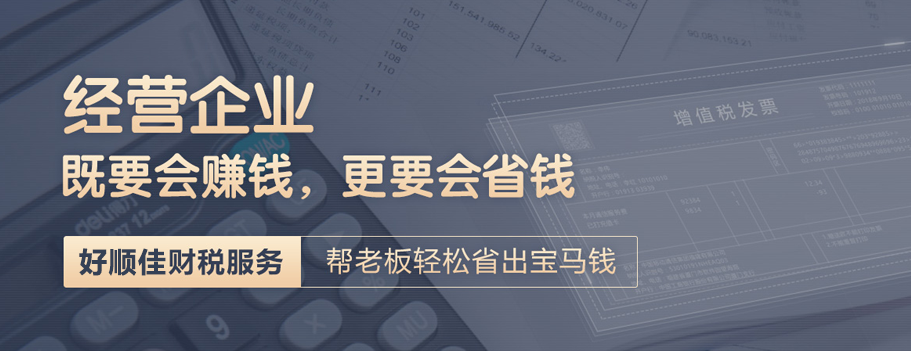Have you ever wondered what it takes to register a trademark for your business? It seems like a simple process, right? However, many entrepreneurs face the challenge of having their trademark registration applications rejected. In this article, we will explore the reasons behind a trademark registration being rejected and discuss ways to navigate through this complex process.
Understanding Trademark Registration
Before delving into the reasons why trademark registrations get rejected, let's first understand what trademark registration entails. Trademark registration is the process of legally protecting a brand name, logo, slogan, or any other identifiable mark that distinguishes a business's goods or services from those of its competitors.
Registering a trademark offers several benefits to businesses. It provides exclusive rights to the trademark owner, preventing others from using a similar mark that may cause confusion among consumers. It also allows the trademark owner to take legal action against any unauthorized use or infringement.
Reasons for Rejection
There are several reasons why trademark registration applications get rejected. It's essential to be aware of these reasons to ensure a smooth and successful registration process. Let's dive into some common grounds for rejection:
Lack of Distinctiveness
A trademark must be distinctive to be eligible for registration. This means it should not be generic or describe the goods or services it represents. For example, if you try to trademark the word "Bookstore" for your bookstore business, it will likely be rejected as it is merely descriptive of the services provided.
Similarly, a trademark that is considered too similar to an existing trademark is also rejected. The purpose of a trademark is to differentiate your goods or services from others, and if the mark is too similar to an existing one, it may cause confusion among consumers.
Descriptive or Misleading Marks
Trademark applications that include terms that are purely descriptive or misleading may also face rejection. A trademark should not describe the nature, quality, or characteristics of the goods or services it represents. For example, if you try to trademark "Best Coffee" for your coffee shop, it may be deemed descriptive and face rejection.
Generic Terms
Generic terms cannot be registered as trademarks. These terms refer to the common name of a product or service and are not capable of distinguishing one business from another. For example, you cannot trademark the word "Car" for your automobile business.
Conflict with Existing Marks
If your proposed trademark is too similar to an existing registered trademark, it will likely face rejection. The trademark office strives to prevent confusion among consumers, and approving a similar mark could lead to that confusion. Therefore, it is crucial to conduct a thorough trademark search before applying to avoid conflicts with existing marks.
Navigating the Registration Process
Receiving a rejection for your trademark application can be discouraging, but it doesn't mean the end of the road. There are several steps you can take to navigate through the registration process:
Review and Respond
When your trademark application is rejected, the examiner will provide a detailed explanation for the rejection. Carefully review the reasons for rejection and address each one in your response. Provide evidence or arguments that demonstrate why your trademark should be approved.
Consult an Attorney
Seeking legal advice from a trademark attorney can be invaluable in navigating the registration process. They have expertise in trademark law and can guide you on the best course of action. An attorney will help you understand the reasons for rejection and assist in drafting a strong response.
Amend the Mark
If your mark is rejected based on lack of distinctiveness or similarity to an existing mark, consider making amendments to your trademark. Adding distinctive elements or altering the design may increase the chances of approval. However, it's crucial to consult with an attorney before making any changes.
Appeal
If your trademark application is rejected even after responding to the examiner's objections, you may consider appealing the decision. This involves presenting your case to a higher authority within the trademark office or seeking judicial review. An attorney can assist you through this process.
In conclusion, trademark registration is a complex process that can result in rejection for various reasons. Understanding the grounds for rejection and taking appropriate measures can improve your chances of successfully registering your trademark. Remember to consult with a trademark attorney to ensure you navigate through the process effectively.


















 商標注冊,所屬行業不同,詳情會有所差異,為了精準快速的解決您的問題,建議您向專業的顧問說明詳細情況,1對1解決您的實際問題。
商標注冊,所屬行業不同,詳情會有所差異,為了精準快速的解決您的問題,建議您向專業的顧問說明詳細情況,1對1解決您的實際問題。


 相關標簽:
相關標簽:
 瀏覽更多不如直接提問99%用戶選擇
瀏覽更多不如直接提問99%用戶選擇





















